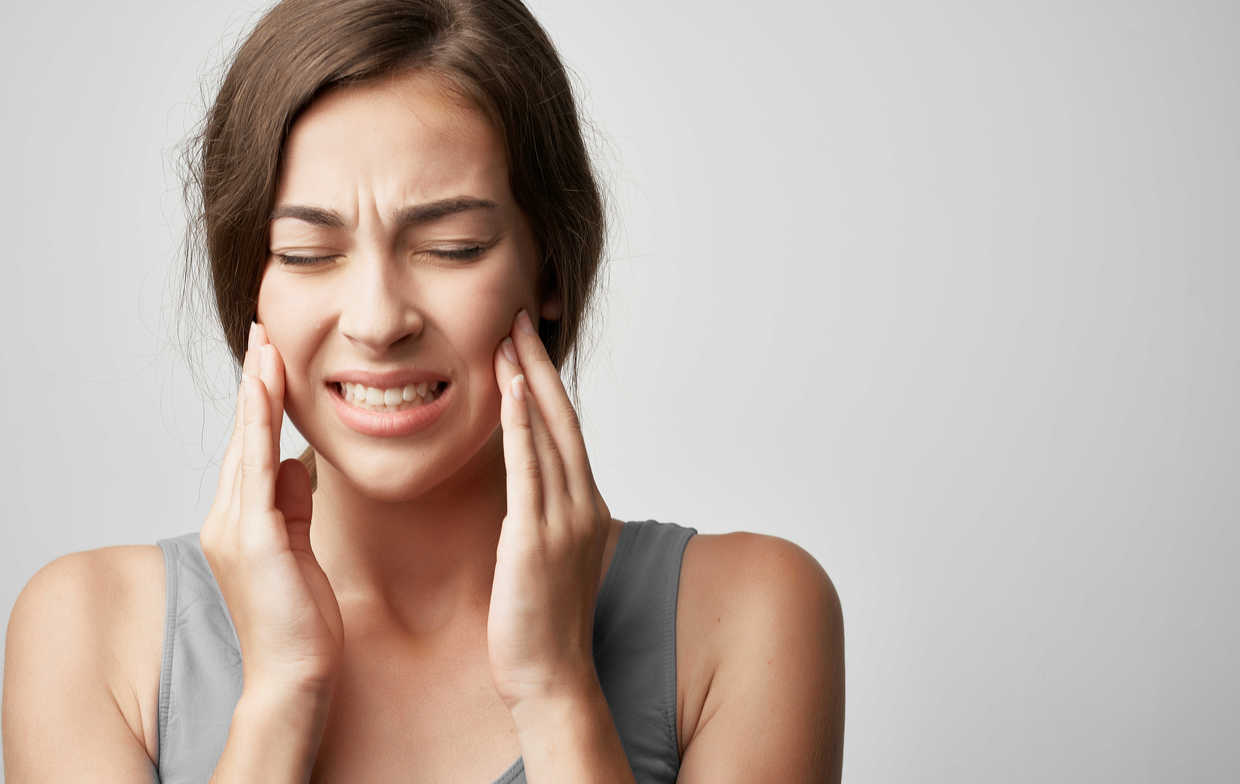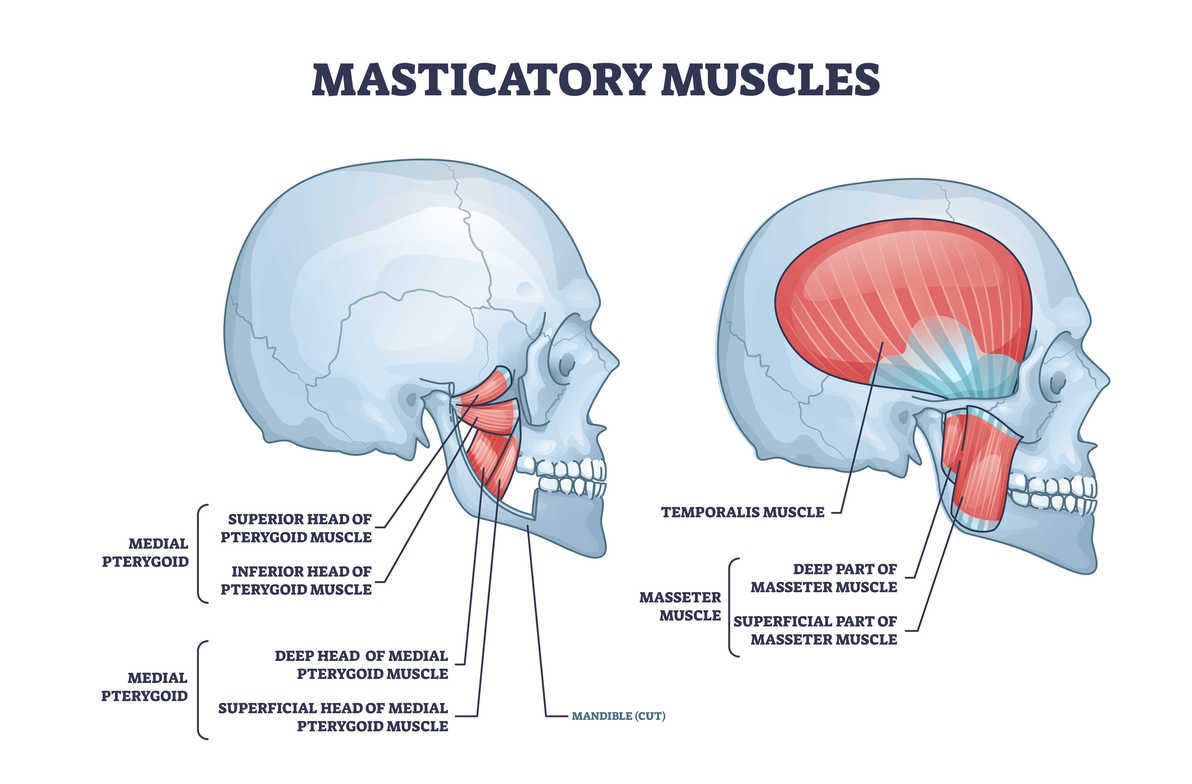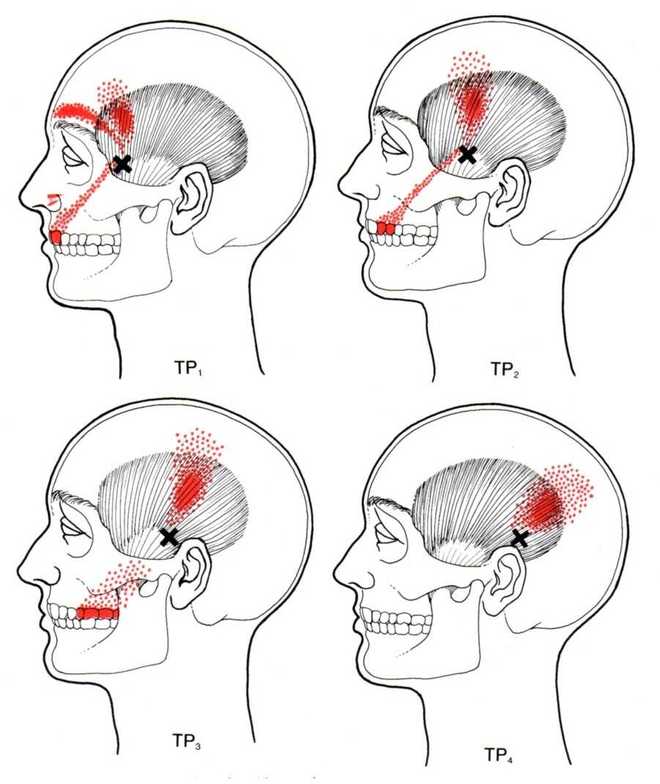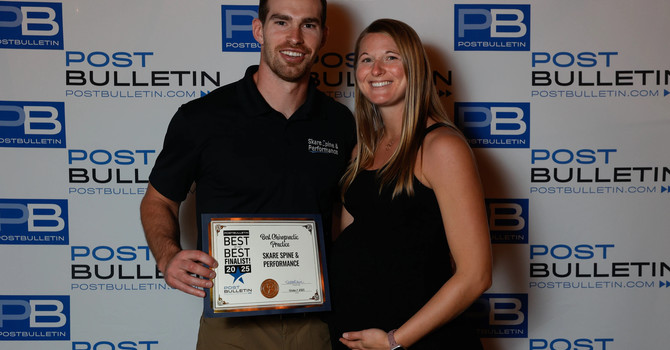
Do you have the “TMJ?”
The temporomandibular joint (TMJ) is the joint connecting your jawbone to the skull, with its 3 main functions being chewing, swallowing, and speech.
It's a complex joint composed of the mandible (lower jaw) and the temporal bone (skull). Between them lies a small disc, acting as a cushion to absorb shock and facilitate smooth movement. Muscles, ligaments, and tendons surround the joint, aiding its stability and movement. When everything functions smoothly, the TMJ enables effortless jaw movements. However, issues like stress, teeth clenching and grinding, or injury can lead to discomfort and TMD, causing symptoms like pain, clicking, headaches, or difficulty opening and closing the mouth.
Here's 3 Things You Need To Know:
1. Your jaw, the temporomandibular joint (TMJ), is the most unstable joint in the body, making it susceptible to different pain and injuries.
TMD is seen most often in people between the ages of 20-40, with people rarely over 60 experiencing symptoms.
Because of the complexity of the joint, some of the most common symptoms TMD can present with are:
- Jaw Pain
- Clicking and Popping
- Ear Pain
- Painful Chewing
- Painful Yawning
- Clenching and Grinding
- Frequent Headaches
- Excessive Tooth Wear
2. Clenching or grinding your teeth is one of the main causes of TMD, especially when headaches are involved.
When we clench our teeth, we put a ton of stress through the TM joint. Over time, this can cause pain and irritation around the head, jaw, and joint itself.
When we clench or grind our teeth, we are using and activating the two main muscles that close your jaw, the masseter and temporalis.

Between these two muscles there can be 11 different trigger points. These trigger points can become painful and even refer pain to your eye, sinuses, or around your head.


When we clench our teeth, we essentially hold tension around the head and neck. This would be comparable to holding a weight over your head all day.
Can you imagine how sore your arm would be?!
Most people don’t think or admit they clench, but most do without realizing it! Our daily habits are massive in preventing and treating any TMJ discomfort.
The neck and jaw are closely related, and around 50% of neck pain actually starts in the TMJ. Research has even shown that when we clench our teeth, two neck muscles, the sternocleidomastoid (SCM) and Upper Trapezius, have an increased muscle activity of 7-33x. Even further, when we clench our jaw, our abdominal and low back muscles are activated.
Essentially, when we clench our jaw, we are clenching our neck and back.
Over time, this can lead to neck and low back pain, so it’s imperative to be conscientious of clenching and the tension we hold around our jaw!
3. You don’t have to live with it – we can help!
Most people think that once they have “the TMJ,” they must live with it forever. Most of the time, there are effective solutions for treating TMD, and it’s not something you have to live with.
One of the first places we start is working on clenching awareness: To start working on clenching awareness, I tell most people to become obsessed with the rest position of the jaw, which includes:
-Lips Together
-Teeth Apart
-Tongue on Roof of Mouth
Every time you check your phone, time, or look in a mirror in your car, I want you to check if you are clenching and let the tension go if you are!
You probably don’t realize how much you are clenching, but if you start paying attention to it, you will likely find you hold a lot of tension there.
You can even get a sticker to put on your phone, computer, or mirror to remind you to be aware of clenching.
Another simple stretch at home is the ‘Masseter Post-Isometric Release (PIR).” This is a great stretch if you are experiencing tension headaches and if you can’t place 3 fingers inside your mouth.
For this stretch :
- Open your mouth as far as possible.
- Place thumb on the bottom teeth or chin.
- Slightly close your mouth against your thumb for 5-10 seconds.
- Stretch your mouth open as far as possible for 30 seconds.
- Repeat 3-5 times.
And as always, if you are dealing with symptoms of TMD, it is best to get it evaluated.
Depending on what is going on, we use different approaches in treating TMD at Skare Spine & Performance, which include:
- Acupuncture
- Trigger point and myofascial release
- TM joint mobilization
- Jaw muscle retraining
- Evaluation neck and back muscles and joints
- Easy at-home exercises
TMD can be one of those nagging and be annoying, so getting proper treatment is essential. If you are dealing with neck pain, headaches, or TMJ pain, schedule an appointment and see how we can help!

Nate Skare
Contact Me



